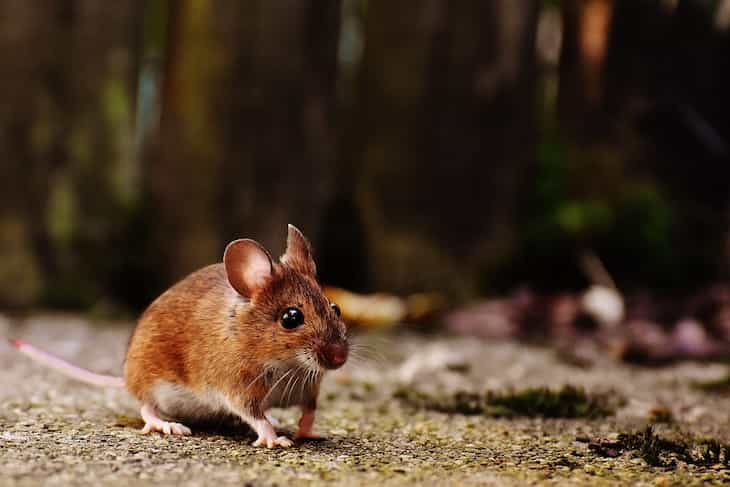Not only insects, but also rodents can be quite dangerous pests destroying your garden.
These small animals can easily damage the plants, including their roots, stems, and fruits.
Here are a few tips on how to protect your garden from rodents.

Remove potential hiding spots
Clear away any debris, tall grass, or piles of wood that rodents could use as hiding places.
Keep your garden tidy and free from clutter.
Seal entry points
Inspect your garden for any small openings or gaps in fences, walls, or foundations.
Seal these entry points with materials like wire mesh, caulking, or steel wool to prevent rodents from getting in.
Limit their access to food
Ensure that any food sources in your garden, such as bird feeders or compost bins, are properly secured and inaccessible to rodents.
Store pet food in rodent-proof containers.
Use physical barriers
Install fences or netting around your garden to create a barrier that prevents rodents from entering.
Make sure the barriers are buried or secured to the ground to prevent burrowing.
Plant deterrents
Certain plants, like mint, garlic, or marigolds, have natural repellent properties that rodents dislike.
Consider planting these around your garden to help deter them.
Set up traps
Place rodent traps strategically around your garden to capture any rodents that may have already entered.
Follow the instructions provided with the traps and check them regularly.
Remove attractants
Harvest ripe fruits and vegetables promptly, as they can attract rodents.
Clean up fallen fruits, nuts, or seeds regularly to remove potential food sources.
Keep the garden clean
Regularly remove weeds, fallen leaves, and other debris that can create hiding places for rodents.
This reduces their potential habitat.
Monitor and take action
Regularly inspect your garden for signs of rodent activity such as chewed plants or droppings.
If you notice any signs, take appropriate measures promptly to address the issue.
Previously, we talked about growing plectranthus.












